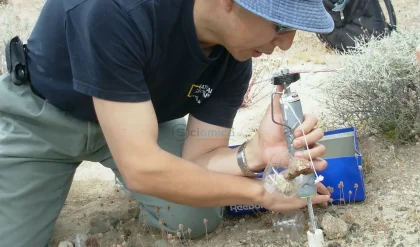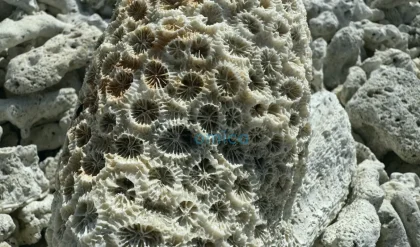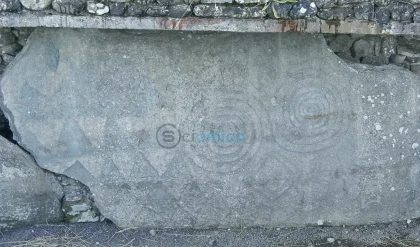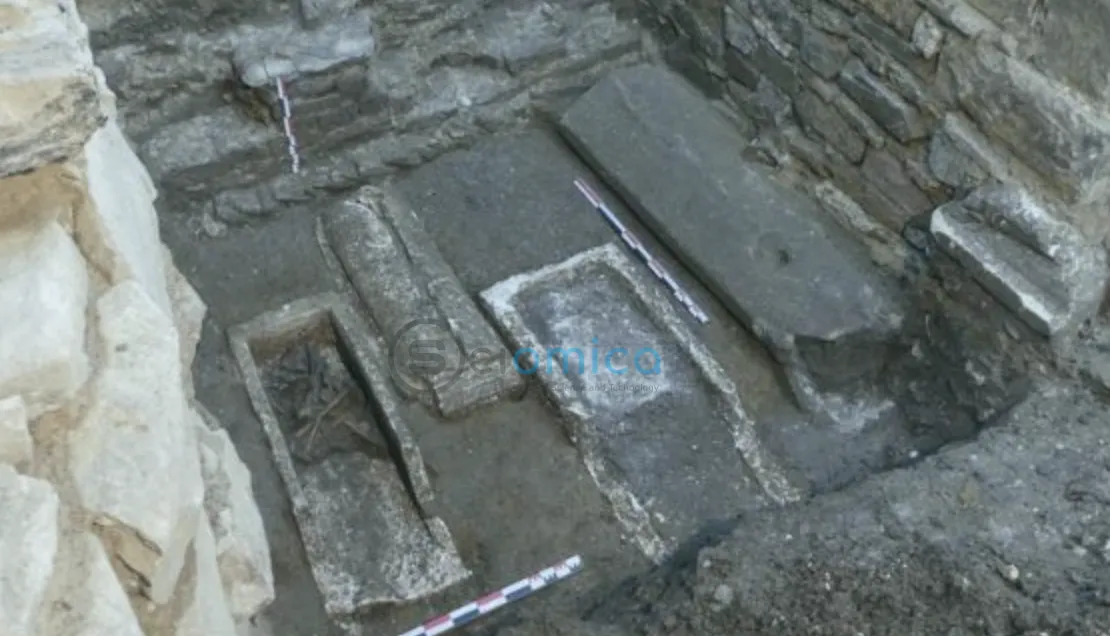
In a remarkable twist of fate, archaeologists in Dijon, France, have uncovered a wealth of historical artifacts buried beneath the 12th-century Saint-Philibert Church, which suffered significant damage during a misguided renovation in the 1970s. The initiative, led by the National Institute for Preventive Archaeological Research (INRAP), aims to assess the extent of the long-term deterioration caused by decades of negligent use and restoration attempts.
Saint-Philibert Church, the only structure in Dijon built “in the manner of the Romans,” was decommissioned after the French Revolution and subsequently used as a salt storeroom during the mid-20th century, resulting in severe salt damage to its stonework. In a controversial renovation effort in 1974, a heated concrete slab was added, exacerbating the water and salt issues within the church’s structure. The slab has since been removed, setting the stage for a new era of discovery.
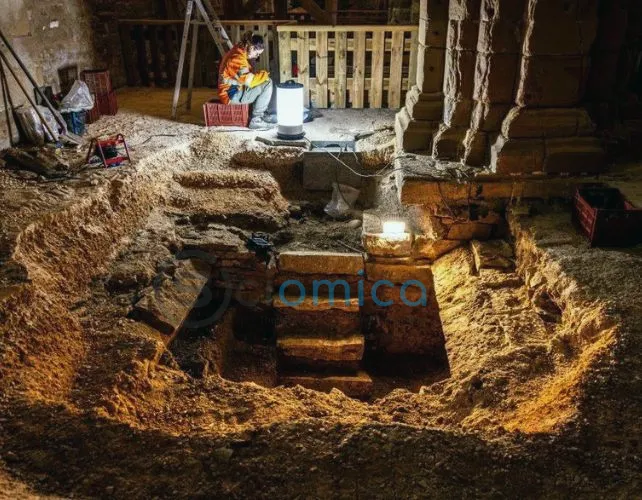
During the current excavation, archaeologists unearthed a long-forgotten staircase leading to a burial vault sealed for at least 400 years. This vault holds the remains of dozens of individuals, speculated to be victims of calamities such as pandemics or famines.
In statements provided to the press, INRAP researchers identified a vault dating back to the 15th and 16th centuries in the transept of the church. “In it, the deceased, both children and adults, are buried in coffins, with the bones of each individual pushed to the sides to make room for the latest interment,” representatives from INRAP noted.
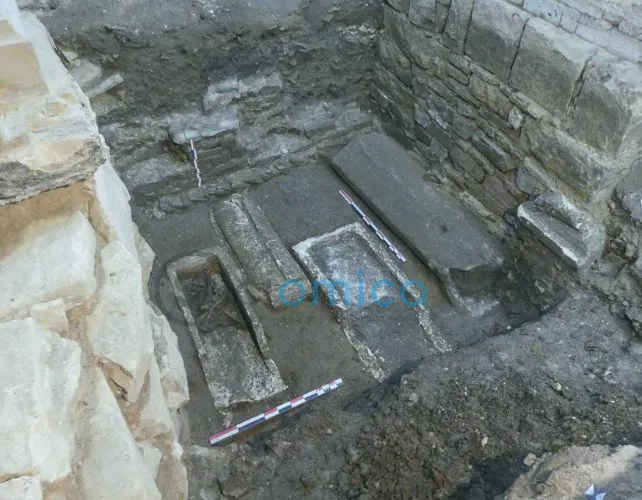
The excavation has thus far revealed even more layers of history, including slab tombs from the 11th to 13th centuries and sarcophagi that trace back to the 6th century. “Planned to extend to a depth of three meters, the excavation has revealed remains dating from Late Antiquity to the modern era,” the team stated in their findings.
This surprising discovery at Saint-Philibert Church not only highlights the intricate history of the site but also the potential for further archaeological exploration in Dijon. As the excavation continues, researchers and historians alike are eager to uncover more secrets hidden beneath this storied church.

